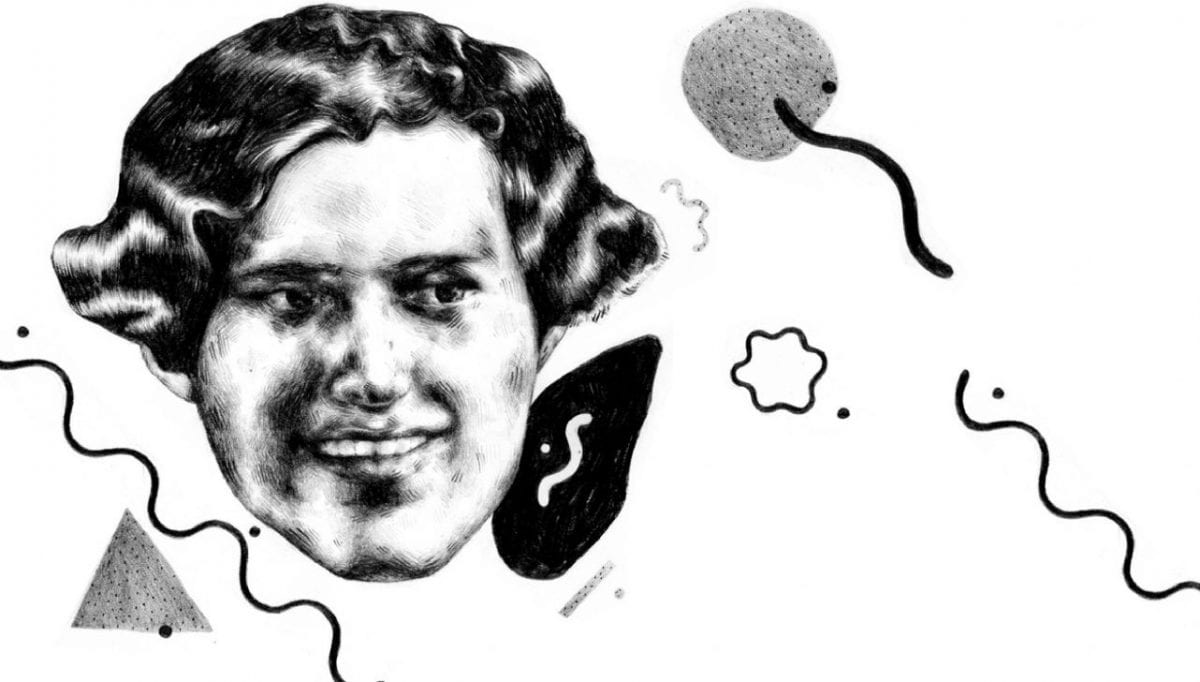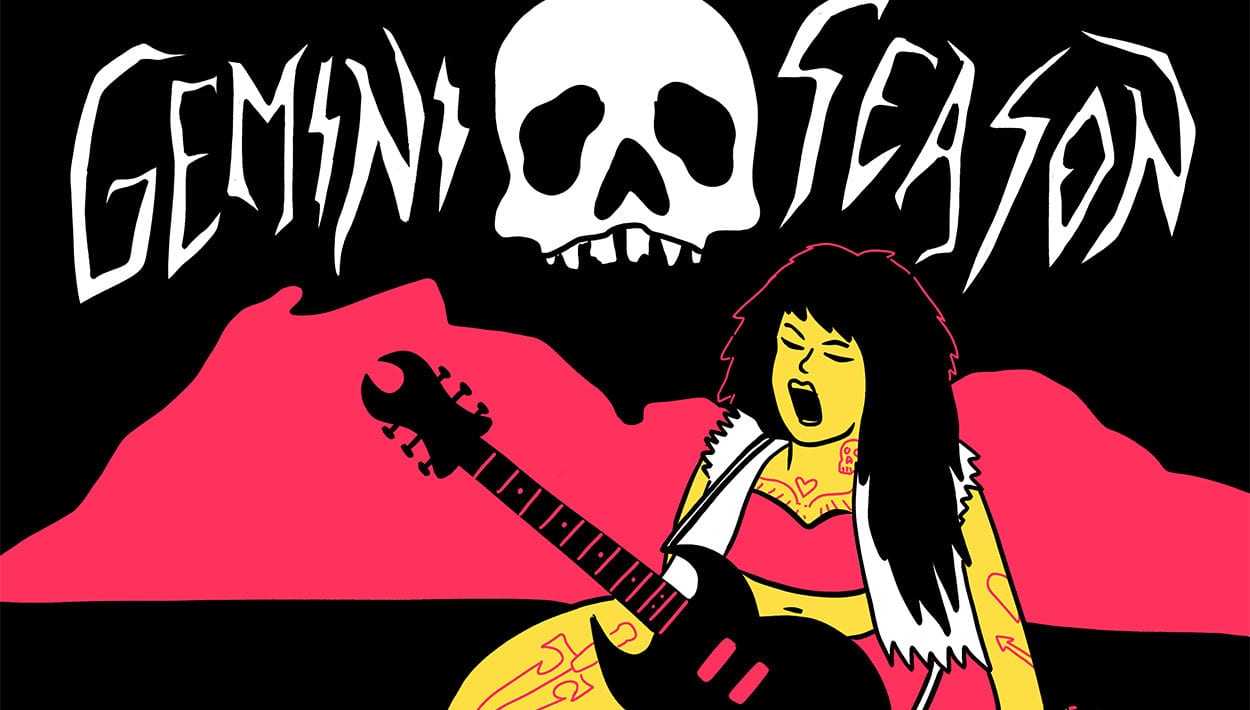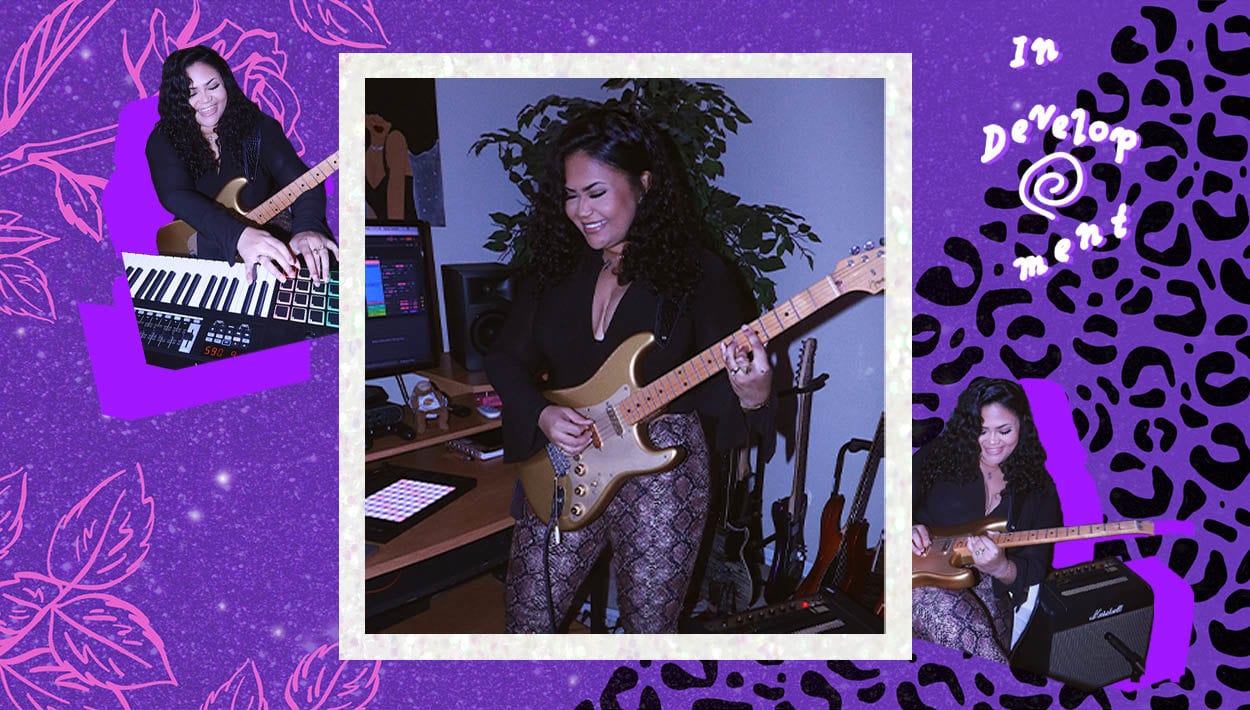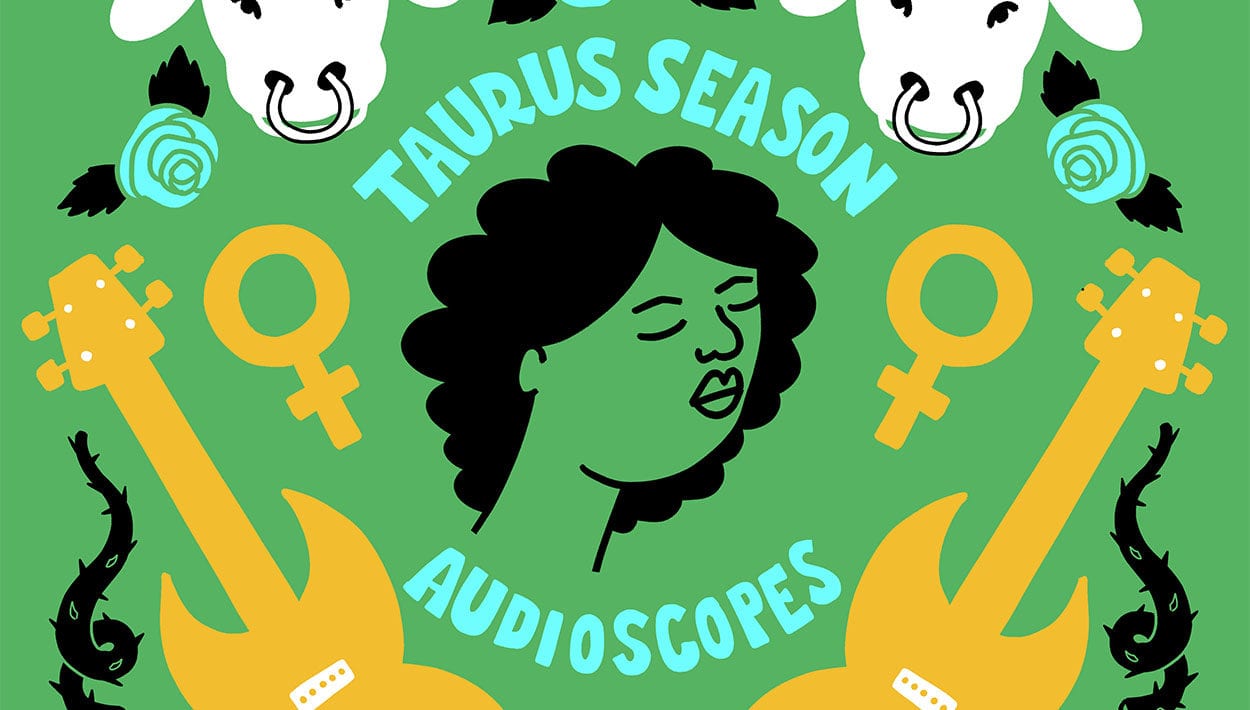The Legends: Annie Kerr
Details about Hawaiian singer and steel guitarist Annie Kerr’s career are as scarce online and in print as her once-popular recordings from the 1920s and 30s.
The otherwise thorough book, Hawaiian Music and Musicians: An Illustrated History (University of Hawaii Press, 1979), mentions Kerr’s eponymous Annie Kerr Trio in passing because prolific composer Irmgard Aluli and her sister Diane were members. Only the Hawaiian Steel Guitar Association gives Kerr her due as a groundbreaking musician, identifying her as the first professional Wahine (Hawaiian and Māori word for “woman”) steel guitarist.
Grasping Kerr’s understated place in popular music history requires a brief glimpse at her instrument’s backstory. The steel guitar, along with falsetto singing and the less common slack key guitar, have long been Hawaii’s most visible contributions to popular and roots music. In the late 19th century, Hawaiian musicians discovered innovative ways to manipulate readily accessible Spanish guitars, using metal objects to hold down the fretboard and create chime-like sounds.
By the 1930s, the spread of popular Hawaiian music led to innovations on the mainland, including professionally crafted steel guitars with built-in resonators by such companies as Dobro and National. Like the African banjo, the Hawaiian steel guitar was eventually integrated into country and bluegrass, cementing its place in modern popular music. Hawaiian influence was not completely absent from the burgeoning “Nashville sound” in the 1960s, with influential picker Jerry Byrd being well-versed in both styles.
The few examples of Kerr’s music on YouTube blend tropical music instrumentation with the multi-part vocal harmonies and upbeat melody of the era’s pop standards, making her music accessible to listeners on the mainland.
Although a lot has been written over the years about gender roles within Hawaiian families, both before and after missionary contact, there’s no indication that women were discouraged from performing music. Also, Kerr wasn’t the first woman to play guitar in a distinctly Hawaiian style. She was the first notable Hawaiian woman to carve out a career in the nascent recording industry.
Kerr was a pioneer for women in Hawaiian music, paving the way for fellow steel guitarist Mikilani Fo and other multi-talented entertainers to pursue careers in music. Considering the steel guitar’s seamless integration into rural music on the mainland, Kerr and her peers are unlikely links between Hawaiian roots traditions and the long history of country and western music.














Comments
[…] April, we published an article on our website that detailed the contributions of Annie Kerr, the first professional Hawaiian woman steel guitarist and frontwoman of an all-woman band. Below […]
Pingback by She Shreds Magazine - Retracing the History of the Steel Guitar and the Shredders Who Shaped It on December 21, 2017 at 11:46 amIf you were interested in cards game then from our homepage you will play online spades with all unlocked level without any limitations. Here you have not to pay any amount to play the spades online game.
Comment by Himanshu mishra on October 2, 2018 at 10:28 pm